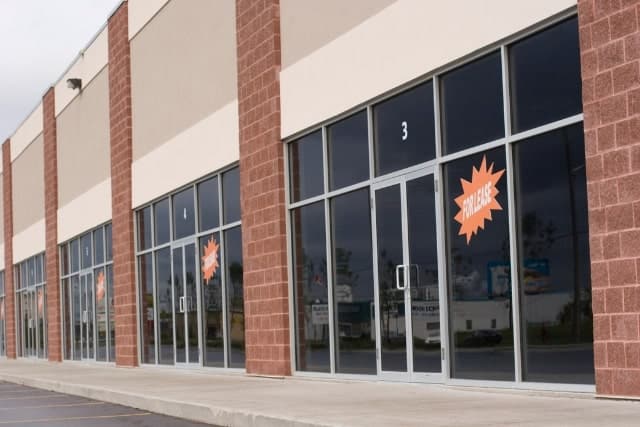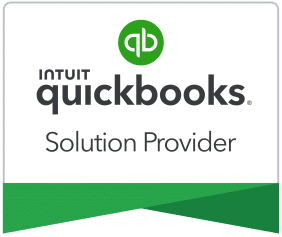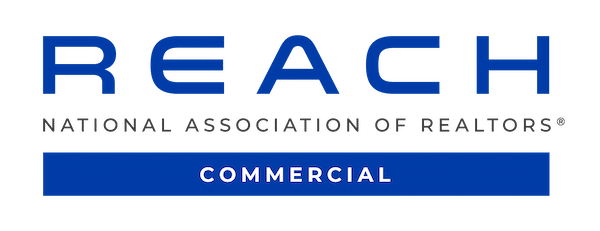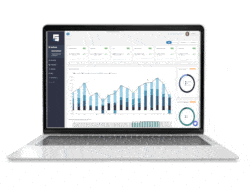Commercial lease agreements contain numerous complex terms and phrases that may not be immediately clear to those unfamiliar with commercial leases. As an owner, it’s essential to thoroughly understand the terms of your lease, including any limits on common area maintenance (CAM), so that you can make the best decisions for your real estate business, especially when dealing with types of CAM caps.
CAM represents an additional, distinct rent charge designed to address the costs associated with the property’s daily operations. These charges, in addition to taxes and insurance, cover the costs of the common areas within the property.
When it comes to commercial real estate, property owners or landlords use various mechanisms to recover common area maintenance (CAM) costs from their tenants. One of these mechanisms that may be written into a lease is the use of CAM caps. In this blog post, we will examine the various types of CAM caps commonly encountered in commercial real estate and their implications for both landlords and tenants.
What are CAM caps?
Common Area Maintenance (CAM) fees cover the costs of maintaining common areas, including lobbies, public spaces, and parking lots. Tenants typically pay these fees based on the amount of rentable space they occupy in the building. CAM charges can be set or adjusted over time, and many leases have a CAM cap that limits the annual increase in the tenant’s share. Understanding different CAM caps can help tenants assess their financial planning.
CAM caps help define the maximum amount a tenant is responsible for with their share of the expenses. It’s essential to recognize that tenants can negotiate different CAM caps. These caps may vary from one tenant to another. That’s part of why it’s so important to have automation software that helps keep track of it all for you. The last thing you need is for a tenant to receive a reconciliation with an incorrect calculation. This could lead to increased scrutiny and time-consuming conversations, ultimately resulting in a dispute over their charges through litigation.
What Types of CAM Caps are There?
The amount of property taxes, insurance, and maintenance costs that the tenant pays is spelled out in the commercial lease agreement. It is also specified in the deal whether the CAM fees will remain the same or increase over time. In this case, the lease will typically outline the method for determining annual increases. In commercial leases, these four CAM Cap designs are often used:
1. Percentage
Percentage CAM caps are when the tenant’s CAM can increase by no more than a specified percentage. Let’s look at an example of a tenant and landlord agreeing on a 7% annual cap on property management. This means that in the following year, the increase for property management cannot exceed 107% of the previous year’s amount. CAM caps provide tenants with financial predictability and protection from unexpected spikes in CAM expenses. These are the most common types of caps that are added to a commercial real estate lease.
2. Absolute
Absolute CAM caps establish a maximum limit on the amount a tenant must pay for CAM expenses. The owner is responsible for paying the additional costs incurred when the CAM costs exceed the limit. This type saves tenants from significant increases in CAM costs, making their monthly payments easier to plan for. On the other hand, landlords might not want to use absolute caps because they take on the chance of having to pay more for CAM costs than the cap.
3. Hybrid
Hybrid CAM caps combine elements of both absolute and percentage styles. They set a specific fixed dollar amount (the absolute cap) and also an increase of CAM up to a certain percentage of increase. In this case, the tenant pays the lesser of the two amounts. Hybrid caps aim to balance absolute caps’ predictability and percentage caps’ proportionality. This is very uncommon, but it is a possible variation of caps that may be written in a lease.
4. Indexed
Indexed caps are tied to an external economic index, such as the Consumer Price Index (CPI). The cap amount adjusts automatically based on changes in the selected index. This type allows for fluctuations in CAM expenses in line with general economic conditions. Indexed caps offer both landlords and tenants a degree of protection against unexpected inflation or deflation. These types of caps are the most challenging to calculate, so they are rarely used.
Managing leases and CAM caps
Commercial real estate owners should be prepared for tenants to negotiate the expenses and CAM caps within their lease agreement before signing. However, laying the foundation and having clear expectations from the beginning will help alleviate any future disputes when it comes time to reconcile.
After signing the lease, STRATAFOLIO allows commercial real estate owners to manage the CAM process easily. During onboarding, we take the CAM caps in your current leases and map the software to reflect them as outlined. Then, when it comes time to reconcile, you can do so with the click of a button. No more spreadsheets, no more month-long reconciling. Contact us for a demo!






